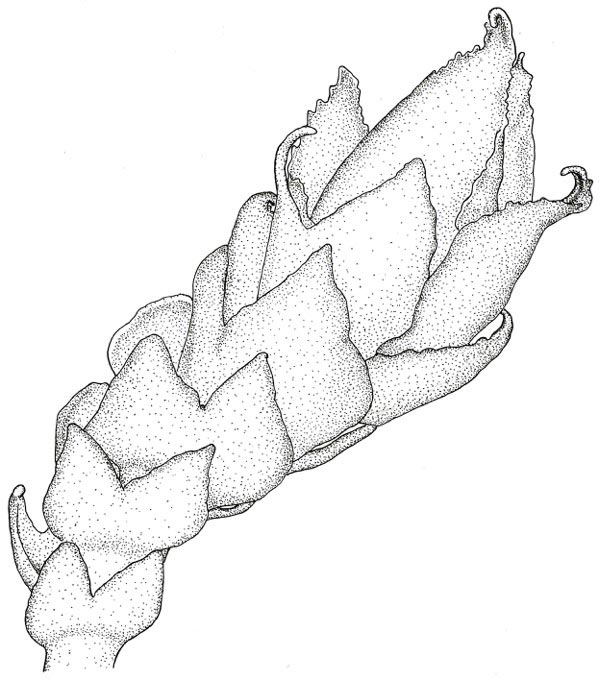For the past six months or so, some animal has been digging holes next to the path along the ponds on the east side of Delta Highway. Tracks left in mud on the path after a winter rain finally gave us a clue: nutria. Their distinctive tracks include a tail streak between footprints. Nutria are well known to dig up roots, worms and bugs. They seem to have been eating lots of roots of poison hemlock since its leaves have appeared. Considering how deadly it is to humans, I wondered how nutria could survive. Then I met the volunteers who work with the city habit restoration program and found they have been rooting out poison hemlock for the past month. Nutria are off the hook.
The ice-rain last December devastated a cottonwood beside the east Delta Ponds that supported a small colony of heron. As mentioned here in the January column, only two nests were left compared to the five we saw at this time last year. Monitoring on a nearly daily basis has been discouraging. Heron were absent all month. Then five heron showed up on the last Friday of February. Prospects are looking good!
Spring is slow this year, thanks to the cold winter. Indian Plum usually blooms in mid February; it didn’t appear until March 1. Now is a good time to examine the tiny plants that grow all winter. They are beautiful yet unnoticed except by those who use hand lenses and home microscopes.
David Wagner is a botanist who works in Eugene. He teaches moss classes, leads nature walks and makes nature calendars. He can be contacted through his web site: fernzenmosses.com.
